A record-breaking superatomic semiconductor material allows particles to traverse it between 100 and 1,000 times faster than electrons pass through a silicon chip.
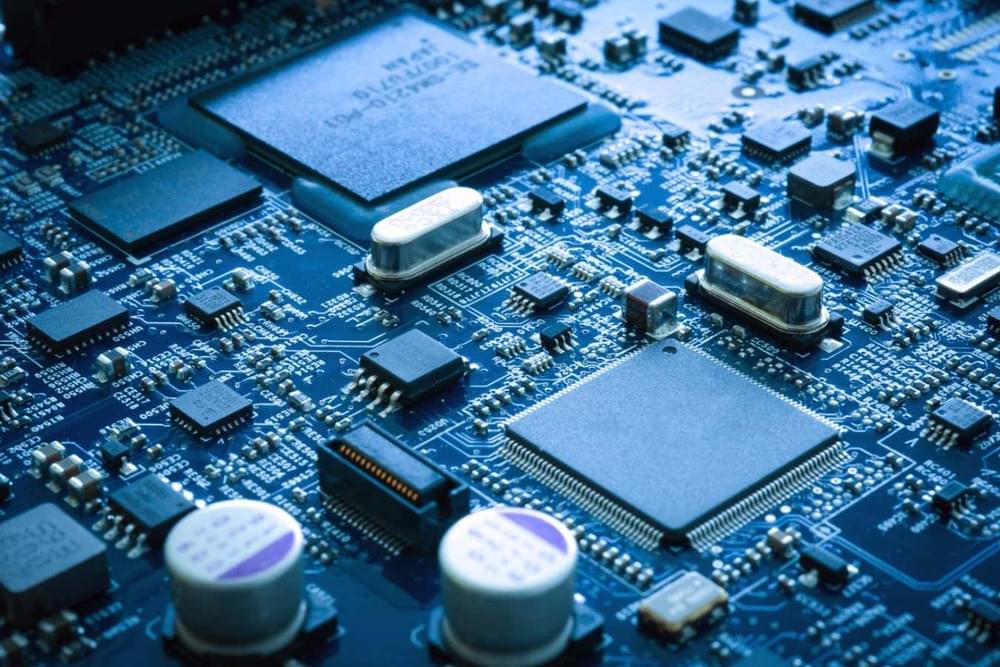

A record-breaking superatomic semiconductor material allows particles to traverse it between 100 and 1,000 times faster than electrons pass through a silicon chip.
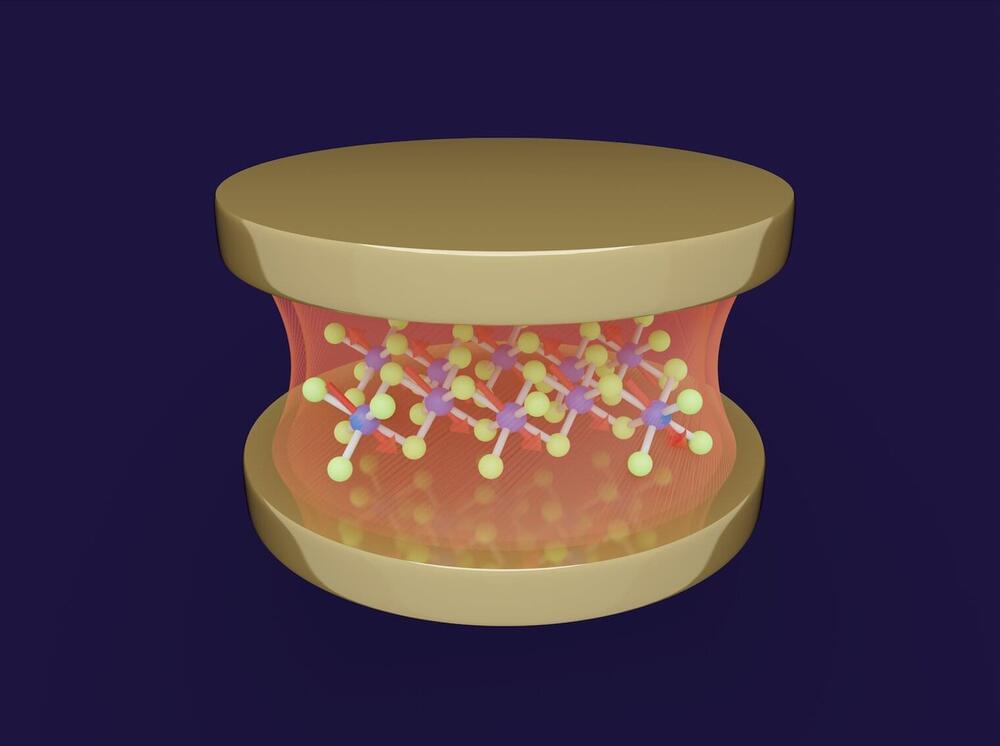
Researchers in Germany and the U.S. have produced the first theoretical demonstration that the magnetic state of an atomically thin material, α-RuCl3, can be controlled solely by placing it into an optical cavity. Crucially, the cavity vacuum fluctuations alone are sufficient to change the material’s magnetic order from a zigzag antiferromagnet into a ferromagnet. The team’s work has been published in npj Computational Materials.
A recent theme in material physics research has been the use of intense laser light to modify the properties of magnetic materials. By carefully engineering the laser light’s properties, researchers have been able to drastically modify the electrical conductivity and optical properties of different materials.
However, this requires continuous stimulation by high-intensity lasers and is associated with some practical problems, mainly that it is difficult to stop the material from heating up. Researchers are therefore looking for ways to gain similar control over materials using light, but without employing intense lasers.
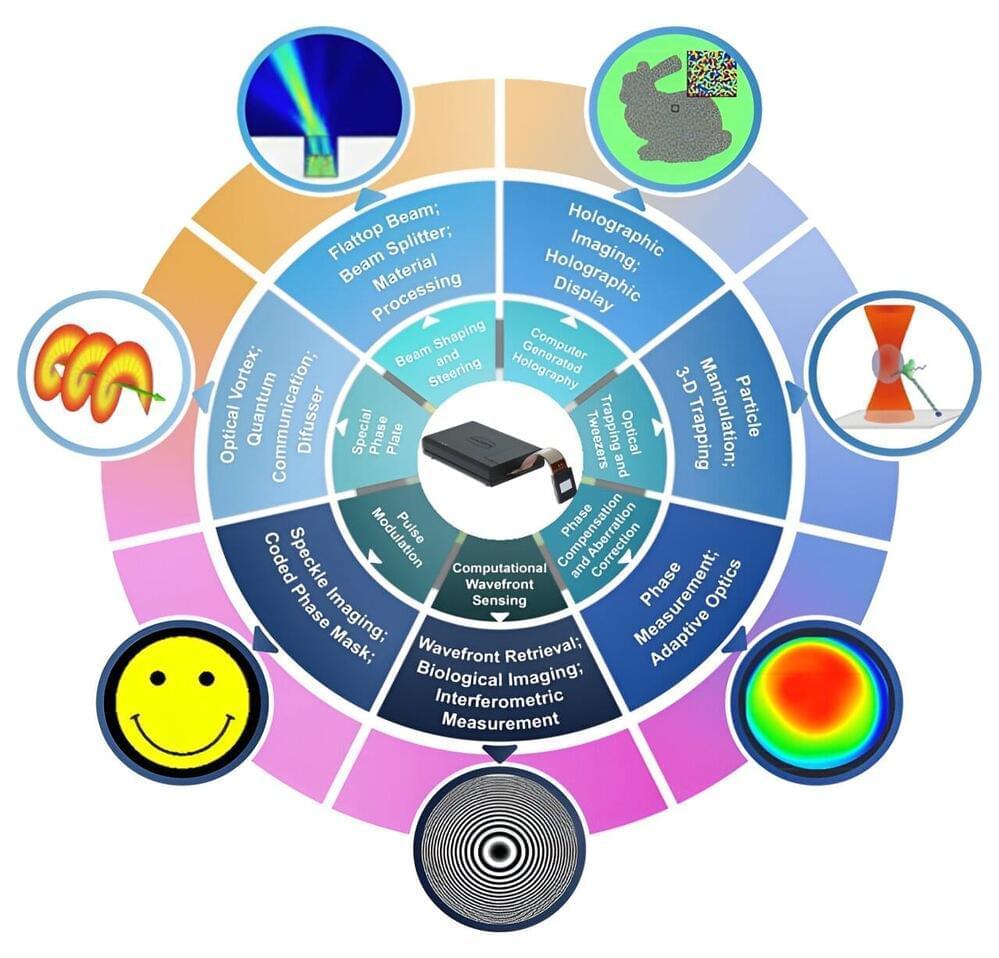
Technology to control and harness light has existed for centuries, often as static solutions that must be custom-designed. It is only in the past couple of decades that the digital era of micro-electronics and computing has seen fast rewritable technology meant for displays find its way into the mainstream of optics.
In a new review published in Opto-Electronic Science, the authors showcase the recent advances in replacing the traditional static optical toolkit with a modern digital toolkit for “light on demand.” The result has been the introduction of digitally controlled light to nearly all major optical laboratories worldwide, opening new paths for the creation, control, detection, and harnessing of exotic forms of structured light. The advanced toolkit promises novel applications from classical to quantum, ushering in a new chapter in on-demand structured light.
The authors of this article reviewed recent progress in using a modern digital toolkit for on-demand forms of sculptured light, offering new insights and perspectives on this nascent topic. The core technology that has advanced this field is the liquid crystal spatial light modulator (SLM), allowing high resolution tailoring of light in amplitude, phase, polarization, or even more exotic degrees of freedom such as path, orbital angular momentum, and even spatiotemporal control. These simple yet highly effective devices are made up of millions of pixels that can be modulated in phase, for spatial control of light in an in-principle lossless manner.
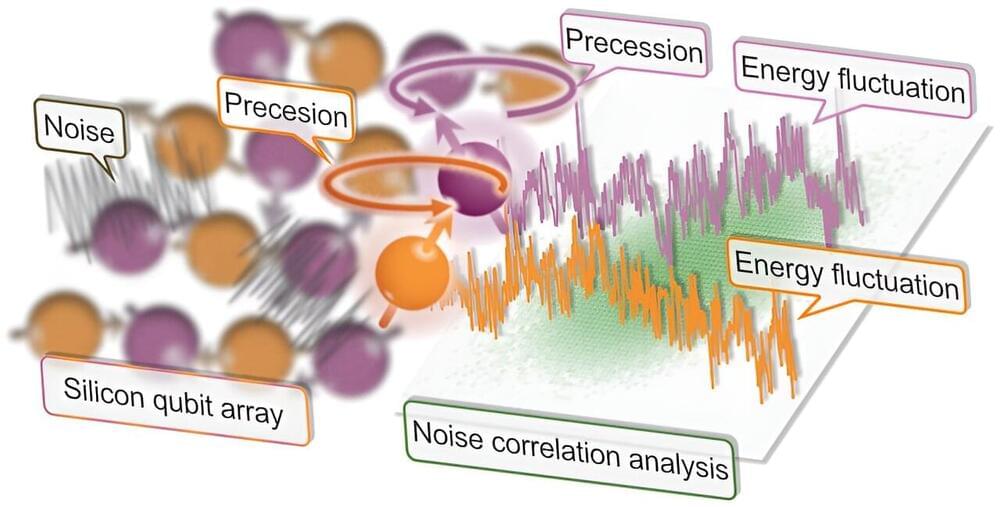
To build highly performing quantum computers, researchers should be able to reliably derive information about the noise inside them, while also identifying effective strategies to suppress this noise. In recent years, significant progress has been made in this direction, enabling operation errors below 1% in various quantum computing platforms.
A research team at Tokyo Institute of Technology and RIKEN recently set out to reliably quantify the correlations between the noise produced by pairs of semiconductor-based qubits, which are very appealing for the development of scalable quantum processors. Their paper, published in Nature Physics, unveiled strong interqubit noise correlations between a pair of neighboring silicon spin qubits.
“A useful quantum computer would practically require millions of densely packed, well-controlled qubits with errors not only small but also sufficiently uncorrelated,” Jun Yoneda, one of the researchers who carried out the study, told Phys.org. “We set out to address the potentially serious issue of error correlation in silicon qubits, as they have become a compelling platform for large quantum computations otherwise.”
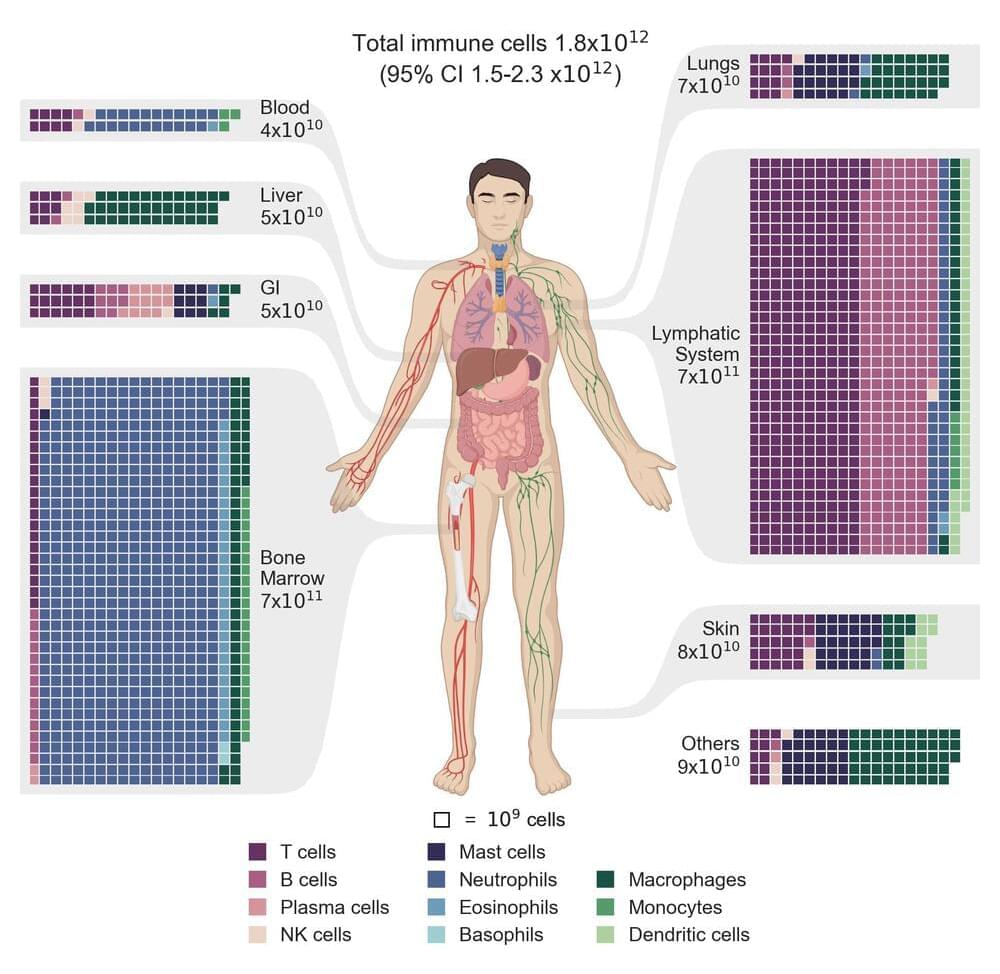
A team of environmental and molecular biologists at the Weizmann Institute of Science, working with a colleague from the Edmond and Lily Safra Children’s Hospital and another with The Hebrew University-Hadassah Medical School, all in Israel, has conducted a census of the immune cells that reside in the human body. The group describes their endeavor in a paper published in Proceedings of the National Academy of Sciences.
Prior research has shown that there are many kinds of immune cells in the human body and that they reside in different locations. Most if not all of them have been identified as well. But until now, it was not known how many of each type of cell exist in the average human body, how much room they take up or how much they weigh. In this new effort, the research team filled in that gap by conducting a three-pronged survey of immune cells in three types of average human bodies—a grown male, a grown woman and a child.
The three-pronged approached involved first studying available literature to obtain as much data as possible regarding the different types of immune cells. The second part involved conducting cell imaging to categorize cell phenotypes and complex immune cell types—a means of describing how much room different immune cells take up, wherever they may live. And the third part consisted of computational techniques to estimate cell numbers in different parts of the body, with which the team was able to calculate weights and mass.
As long as people have been alive, they’ve wanted to stay alive. For centuries, explorers have searched for the fountain of youth. And today, scientists are hard at work researching technology that can extend the human lifespan, stop or reverse aging; and even preserve a terminally ill person indefinitely, until a cure for their disease is discovered. But what if — instead of preserving our *bodies* — we could preserve our *consciousness*; by uploading it to a powerful computer. This is called *mind uploading*. And one startup has developed a procedure to do exactly this. It’s scientifically sound, there’s a waiting list to participate, and the procedure — is one hundred percent fatal. Let’s find out why.〰
🙏 SUPPORT THE WHY FILES
🙏 https://www.patreon.com/thewhyfiles (Fun, Free Perks!)👽 BUY WHY FILES MERCH
👽 https://shop.thewhyfiles.com (Code: LIZZIDPEEPLE for 10% off first order)💬 CHAT WITH US ON DISCORD
💬 https://thewhyfiles.com/discord〰
🌐 OFFICIAL WEB SITE: https://thewhyfiles.com🕵️ Submit a topic, suggestion or just say hi:
🕵️ https://thewhyfiles.com/tips🎨 Have a product suggestion or want to design artwork for TWF?
🎨 https://thewhyfiles.com/merch📸 BE A WHY FILES MODEL (and get free stuff!)
📸 Send a photo of you/family/friends watching TWF.
📸 wearing TWF gear, using TWF merchandise:
📸 https://thewhyfiles.com/wild〰
🎧 THE PODCAST VERSION
🎧 https://thewhyfiles.com/podcast〰
⁍ TWF on SOCIAL (in order of importance)
⁍ https://www.reddit.com/r/TheWhyFiles/
⁍ https://twitter.com/OMGTheWhyFiles.
⁍ https://www.instagram.com/OMGTheWhyFiles.
⁍ https://www.tiktok.com/@thewhyfiles.
⁍ https://www.facebook.com/OMGTheWhyFiles〰
🐠 BETTER CHANNELS TO WATCH:
🐠 https://www.youtube.com/c/HecklefishMoriarty.
🤓 https://www.youtube.com/c/TheWhyFilesBackstage.
#science #future #technology
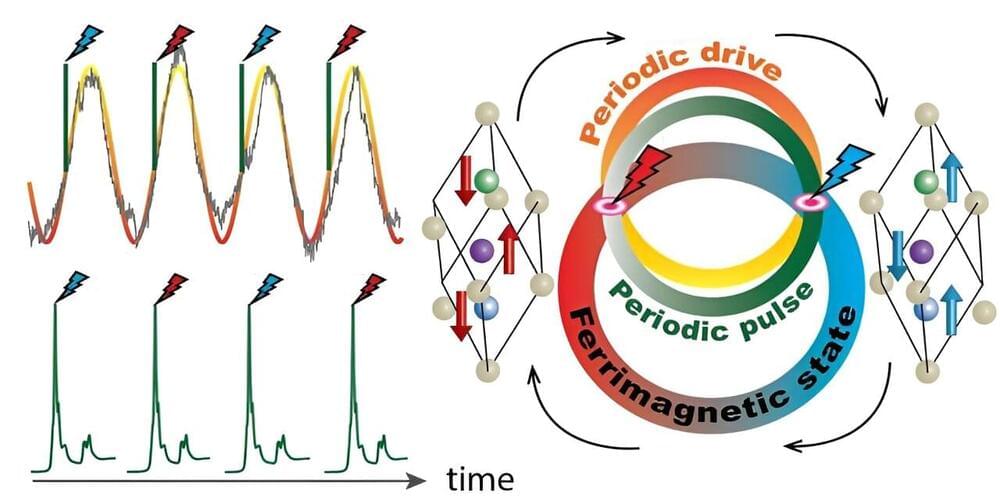
A research collaboration co-led by EPFL has uncovered a surprising magnetic property of an exotic material that might lead to computers that need less than one-millionth of the energy required to switch a single bit.
The world of materials science is constantly discovering or fabricating materials with exotic properties. Among them are the multiferroics, a unique class of materials that can be both magnetized and polarized at the same time, which means that they are sensitive to both magnetic and electric fields.
Having both these properties in a single material has made multiferroics very interesting for research and commercial purposes with potential applications from advanced electronics to next-generation memory storage. By understanding and harnessing the properties of multiferroics, researchers aim to develop more efficient, compact, and even energy-saving technologies.
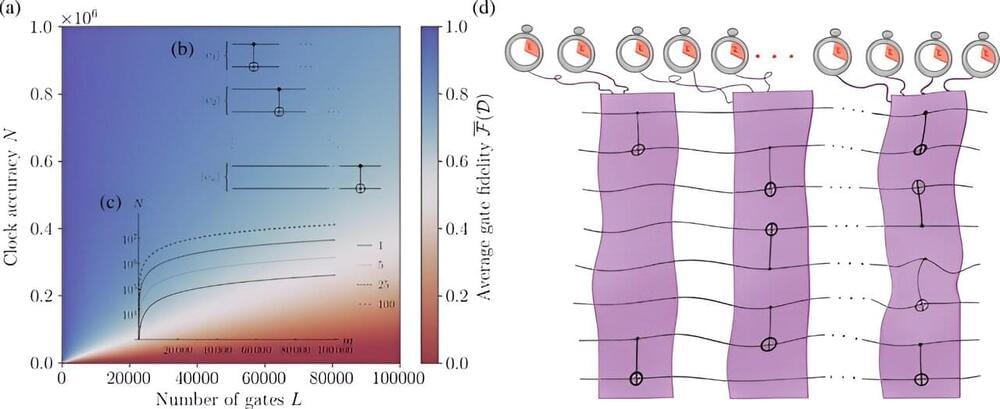
New research from a consortium of quantum physicists, led by Trinity College Dublin’s Dr. Mark Mitchison, shows that imperfect timekeeping places a fundamental limit to quantum computers and their applications. The team claims that even tiny timing errors add up to place a significant impact on any large-scale algorithm, posing another problem that must eventually be solved if quantum computers are to fulfill the lofty aspirations that society has for them.
The paper is published in the journal Physical Review Letters.
It is difficult to imagine modern life without clocks to help organize our daily schedules; with a digital clock in every person’s smartphone or watch, we take precise timekeeping for granted—although that doesn’t stop people from being late.
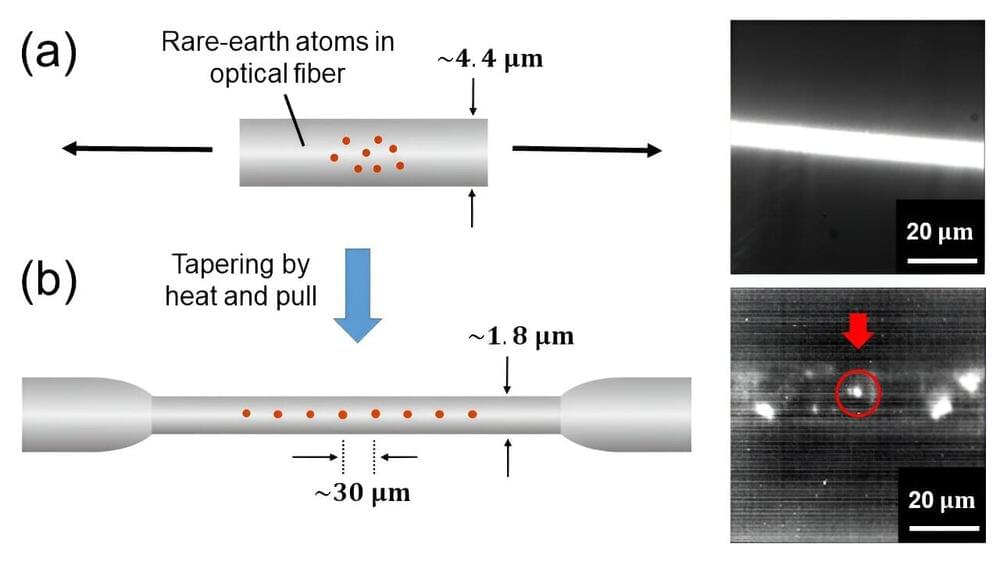
Quantum-based systems promise faster computing and stronger encryption for computation and communication systems. These systems can be built on fiber networks involving interconnected nodes which consist of qubits and single-photon generators that create entangled photon pairs.
In this regard, rare-earth (RE) atoms and ions in solid-state materials are highly promising as single-photon generators. These materials are compatible with fiber networks and emit photons across a broad range of wavelengths. Due to their wide spectral range, optical fibers doped with these RE elements could find use in various applications, such as free-space telecommunication, fiber-based telecommunications, quantum random number generation, and high-resolution image analysis. However, so far, single-photon light sources have been developed using RE-doped crystalline materials at cryogenic temperatures, which limits the practical applications of quantum networks based on them.
In a study published in Physical Review Applied on 16 October 2023, a team of researchers from Japan, led by Associate Professor Kaoru Sanaka from Tokyo University of Science (TUS) has successfully developed a single-photon light source consisting of doped ytterbium ions (Yb3+) in an amorphous silica optical fiber at room temperature. This newly developed single-photon light source eliminates the need for expensive cooling systems and has the potential to make quantum networks more cost-effective and accessible.
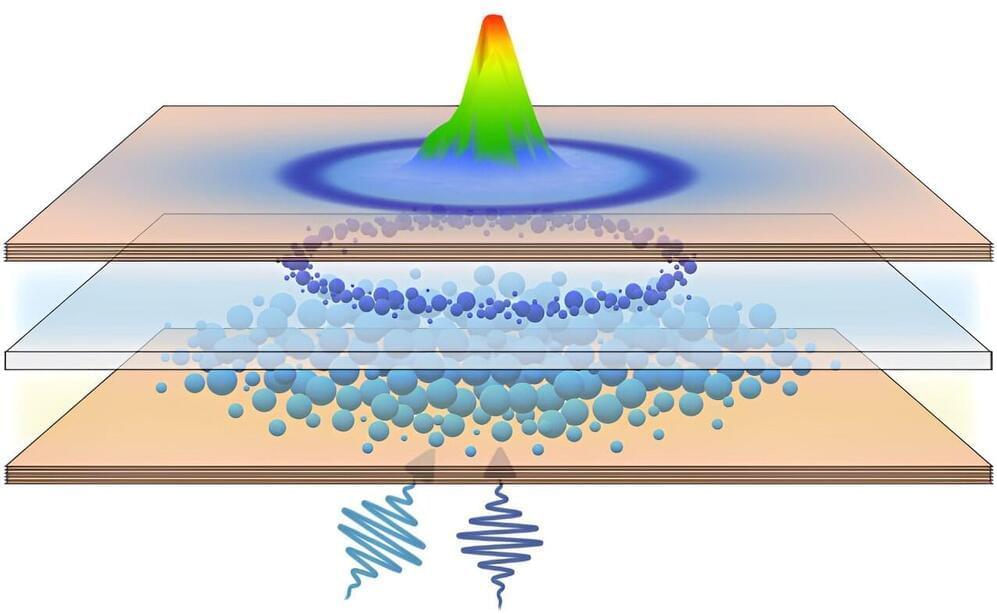
In a quantum leap toward the future of unconventional computing technologies, a team of physicists made an advancement in spatial manipulation and energy control of room-temperature quantum fluids of light, aka polariton condensates, marking a pivotal milestone for the development of high-speed, all-optical polariton logic devices that have long held the key to next-generation unconventional computing, according to a recently published paper in Physical Review Letters.
Polaritons, hybrid particles formed by the coupling of light and matter, are usually described as a quantum fluid of light that one can control through its matter component. Now, researchers have taken a monumental step forward by introducing a novel approach for active spatial control of liquid light condensates at room temperature.
What sets this development apart is the ability to manipulate polariton condensates without relying on the commonly utilized excitation profiles of polaritons. The scientists accomplished this feat by introducing an additional layer of copolymer within the cavity—a weakly coupled layer that remains nonresonant to the cavity mode. This seemingly simple yet incredibly ingenious move has opened the door to a wealth of possibilities.